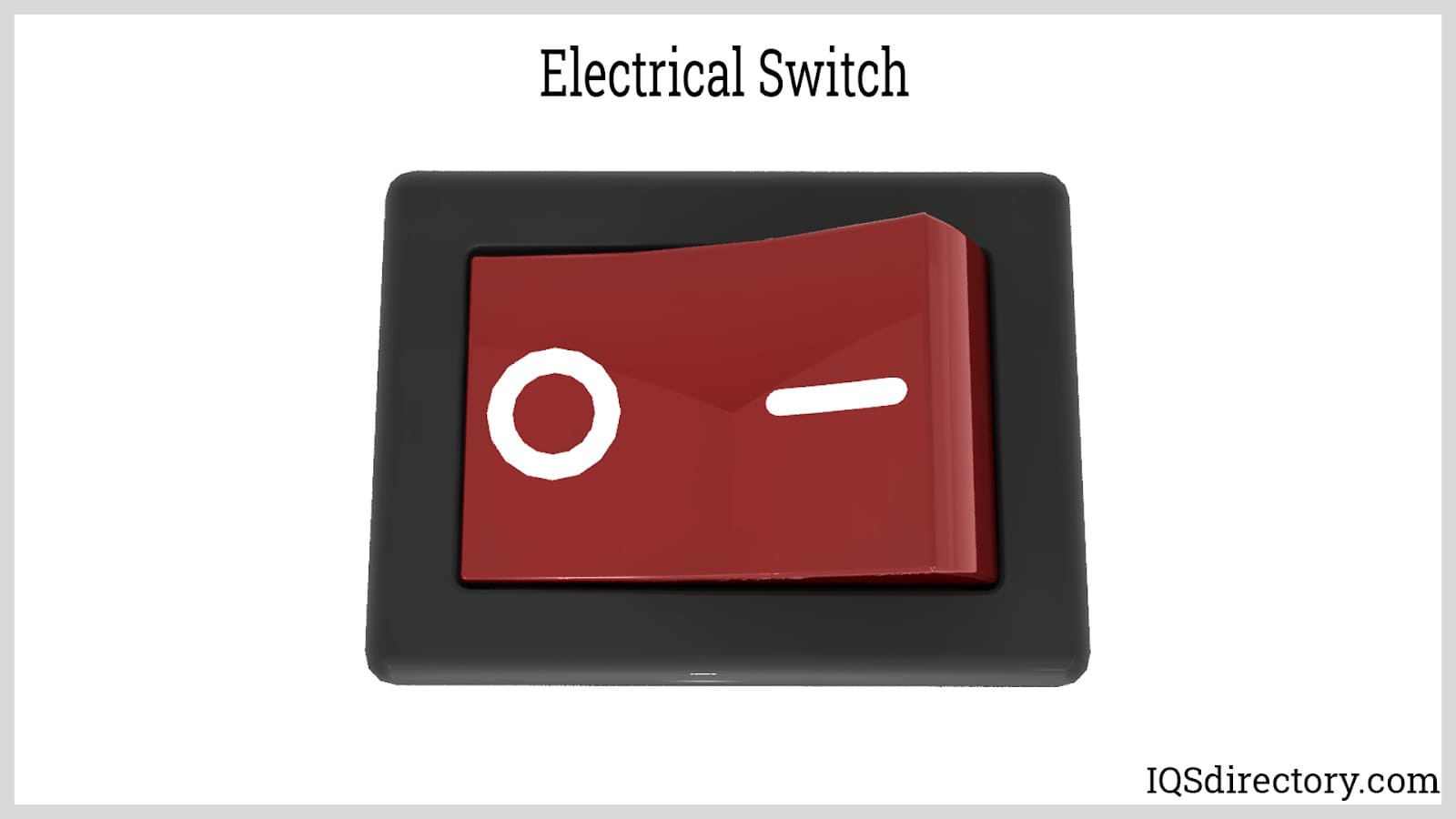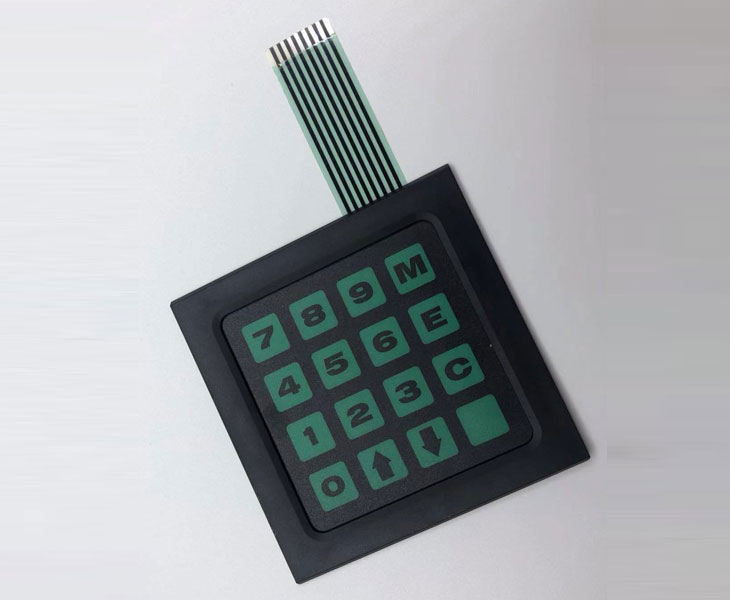Recognizing the Relevance of Membrane Switch Over in Modern Electronics
Membrane switches are important parts in modern-day digital devices. They supply a blend of performance and design that boosts user communication. Their durable and light-weight nature makes them suitable for different applications. As industries develop, the need for modification and advanced attributes grows. Recognizing just how membrane changes add to development reveals their significance fit the future of electronics. What exists ahead for this technology?
The Fundamentals of Membrane Change Modern Technology
Although usually overlooked, membrane switch modern technology plays an important function in the modern-day electronic devices landscape - membrane switch. These tools, made up of several layers, function as interface for different electronic products, varying from house home appliances to clinical tools. A normal membrane layer switch consists of a visuals overlay, a spacer layer, and a circuit layer, which are meticulously put together to develop a functional interface.When stress is related to the overlay, the circuit layer is completed, enabling signals to be transmitted to the tool. This modern technology is recognized for its flexibility, making it possible for modification in design, shape, and performance to fulfill certain user demands. Additionally, membrane layer switches are slim and lightweight, making them appropriate for applications where space is a costs. Their sturdiness and resistance to environmental variables additionally enhance their appeal, guaranteeing they can withstand extreme problems while maintaining capability. Overall, membrane layer switch modern technology is indispensable to producing user-friendly and efficient digital gadgets

Key Advantages of Membrane Layer Switches Over
Membrane layer switches over offer numerous essential benefits that make them a favored option in numerous digital applications. Their design permits a portable kind variable, allowing producers to produce lightweight and smooth devices. Additionally, membrane layer switches are resistant to dirt, wetness, and chemicals, which improves their resilience and longevity sought after environments. The responsive feedback provided by these buttons can improve customer experience, making them very easy and user-friendly to operate.Furthermore, membrane buttons can be personalized with varied graphics and shades, allowing for one-of-a-kind branding chances. The manufacturing process is normally cost-efficient, especially for high-volume production, as it decreases setting up time and streamlines layout. Lastly, membrane switches call for very little upkeep, adding to lower total operational prices. These advantages emphasize their expanding appeal in contemporary electronic devices, where reliability and straightforward interfaces are important.

Applications Throughout Various Industries
The versatility of membrane switches allows their widespread fostering across different industries. In the medical area, they are generally used in analysis equipment and client monitoring systems, providing a sturdy user interface immune to impurities. The vehicle sector utilizes membrane layer buttons for control panel controls, enhancing user experience with sleek layouts that withstand harsh problems. In consumer electronics, they act as control board for gadgets such as microwaves and coffee machine, giving an easy to use interface that is simple to tidy. The aerospace sector uses membrane switches in cabin controls, where dependability and space performance are vital. In addition, the industrial industry leverages these switches in machinery and control systems to guarantee durable procedure sought after atmospheres. This wide variety of applications underscores the adaptability of membrane layer buttons, making them integral parts in boosting capability and user interaction across varied technical landscapes.
Customization and Layout Versatility

Future Patterns in Membrane Switch Advancement
Arising trends in membrane layer switch advancement show an expanding emphasis on enhanced capability and integration with smart modern technologies. As customer need for more sophisticated digital gadgets rises, manufacturers are concentrating on creating membrane switches that not only offer fundamental functional functions but likewise integrate attributes like touch sensitivity, backlighting, and haptic feedback.Furthermore, advancements in materials are expected to enhance resilience and environmental resistance, making membrane switches over suitable for varied applications in markets such as healthcare, vehicle, and customer electronics. The assimilation of capacitive touch technology is most likely to come to be a lot more widespread, enabling sleeker designs and improved individual interfaces. membrane switch.Additionally, the surge of the Net of Points (IoT) is triggering the growth of membrane layer changes that can interact wirelessly with various other devices, boosting interconnectivity. On the whole, the future of membrane switch innovation appears promising, driven by advancement and the search of straightforward remedies
Regularly Asked Questions
How Do Membrane Layer Switches Over Contrast to Traditional Mechanical Buttons?
Membrane switches, being much more space-efficient and using a sleek layout, contrast with traditional mechanical buttons that supply tactile comments. The former commonly feature adjustable graphics, while the last usually guarantee durability and dependability in different applications.
What Materials Are Frequently Used in Membrane Layer Switch Over Production?
Membrane layer buttons are generally created using materials such as polyester, polycarbonate, and published conductive inks. These materials offer flexibility, responsiveness, and toughness, making them ideal for different applications in digital devices and interface.
Can Membrane Layer Switches Over Be Repaired or Reused?
Membrane layer buttons can typically be fixed, specifically if small concerns arise, such as sticky failure or surface damage. Complete reuse is generally restricted due to use and potential degradation of products over time.
Exactly How Do Environmental Variables Influence Membrane Layer Switch Performance?
Ecological aspects, such as temperature, humidity, and exposure to chemicals, considerably affect membrane button performance. Severe conditions can bring about deterioration, influencing responsiveness and long life, ultimately endangering the functionality of the device in numerous applications.
What Is the Common Life-span of a Membrane Switch over?
The normal lifespan of a membrane button normally varies from 1 to 5 million actuations, depending on aspects such as usage frequency, ecological conditions, and the materials utilized in production, impacting longevity and efficiency durability. A typical membrane switch is composed of a graphic overlay, a spacer layer, and a circuit layer, which are meticulously put together to produce a useful interface - membrane switch.When pressure is applied to the overlay, the circuit layer is finished, permitting signals to be sent to the gadget. The responsive responses given by these switches can improve customer experience, making them very easy and intuitive to operate.Furthermore, membrane buttons can be customized with varied graphics and shades, enabling for unique branding opportunities. As customer need for a lot more sophisticated electronic devices increases, manufacturers are focusing on producing membrane switches that not just offer standard functional functions yet special info likewise include features like touch level of sensitivity, backlighting, and haptic feedback.Furthermore, improvements in materials are expected to improve longevity and ecological resistance, making membrane layer switches over appropriate for varied applications in markets such as healthcare, auto, and consumer electronics. The assimilation of capacitive touch technology look these up is likely to become more widespread, enabling for sleeker styles and improved customer interfaces.Additionally, the increase of the Net of Points (IoT) is triggering the development of membrane layer switches that can communicate wirelessly with various other gadgets, enhancing interconnectivity. Membrane layer switches, being more space-efficient and using a streamlined layout, contrast with traditional mechanical buttons that provide tactile responses